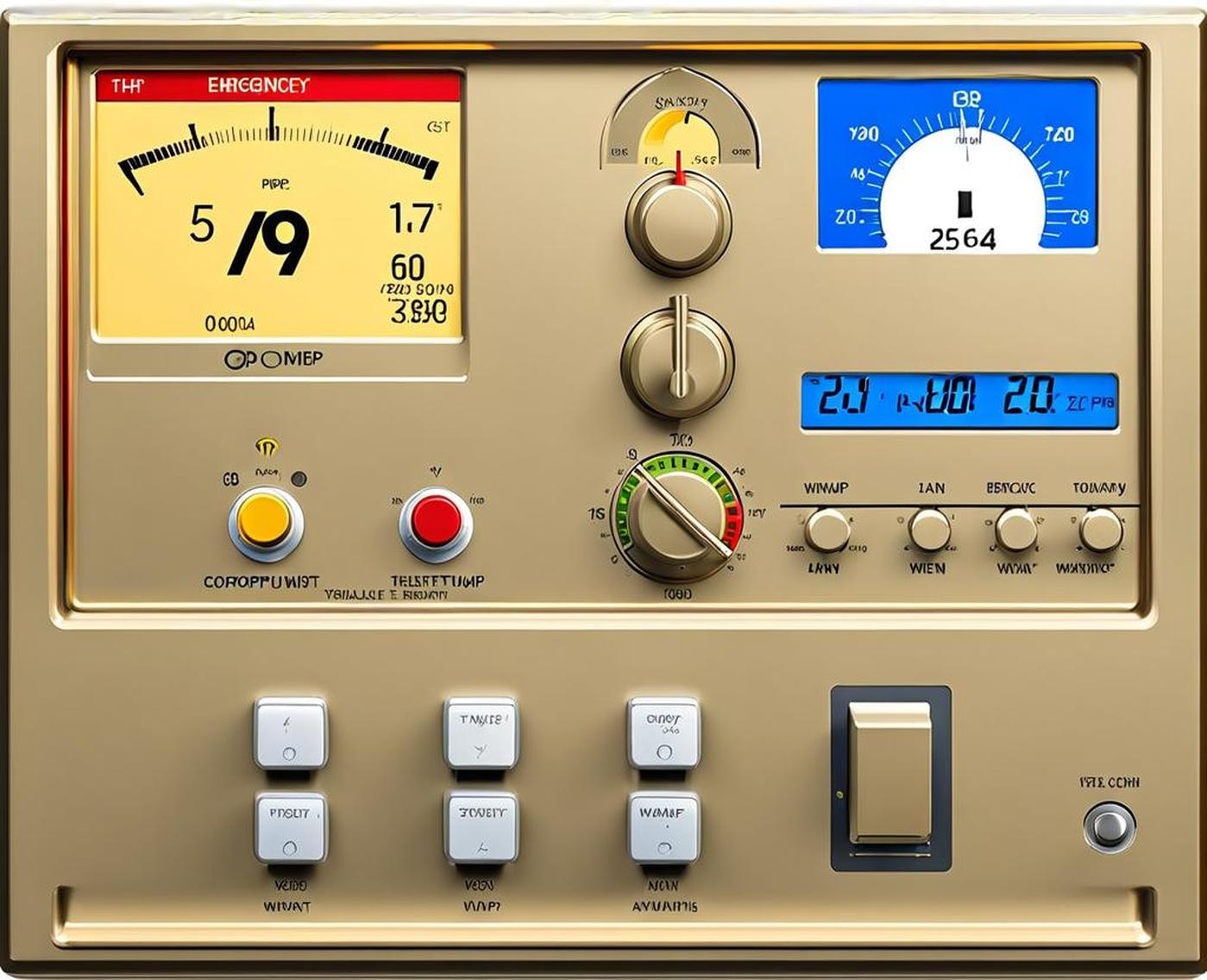When bitter cold weather strikes, heat pumps can struggle to warm those drafty corners of your home. The outdoor unit lacks the brute heating force to overcome plunging temperatures. Fortunately, backup emergency heat kicks in to save the day when your heat pump is outmatched. This secondary heating system is like a superhero swooping in for the rescue just when hope seems lost.
Emergency heat prevents pipes from freezing and keeps your family comfortable when winter bites with an icy vengeance. While the heat pump competes valiantly to extract latent warmth from frosty air, sometimes it needs backup. We’ll explore when and how to leverage supplemental electric heat to fill the gaps on those arctic nights.
When Emergency Heat Kicks In
Your emergency heat system lurks in the background, silently standing by to step in when needed. Also called auxiliary or second-stage electric heat, it only engages when the outdoor heat pump fails to satisfy the thermostat setting after a period of time, typically around 15 minutes. There is also a temperature threshold that automatically triggers emergency mode, usually between 25-40degF depending on climate and configuration.
| Smart thermostats can activate emergency heat earlier as conditions worsen. For example, if the outdoor temperature drops from 35deg to 25degF over a few hours, the thermostat may decide to kick in backup heat sooner to help the struggling heat pump keep pace with demand. |
Using Emergency Heat Properly
It’s tempting to run emergency heat liberally rather than call an HVAC tech on weekends or holidays when problems arise. But exercising restraint optimizes energy efficiency and equipment lifespan.
Emergency heat is expensive – it relies solely on resistance electric elements that devour kilowatt-hours. Also, overworking the backup system can prematurely wear it out. Consider proactive maintenance to minimize failures that force you to choose between a chilly house or sky-high power bills from continual emergency heat mode.

Long-Term Cost Considerations
Fossil fuel systems like natural gas or propane furnaces provide alternate sources of backup heat without ratcheting up electric demand. Weigh investing in a dual-fuel hybrid if running emergency electric heat routinely gets costly. Hybrid systems tap into the superior efficiency of heat pumps for milder weather but still maintain a fossil fuel safety net for when temperatures plummet.
What to Do When Emergency Heat Runs Nonstop
If your backup heating engages and just keeps running for hours or days on end without the main heat pump taking over, troubleshoot the issue promptly. Check the outdoor unit for debris blocking airflow or heavy ice accumulation on coils which reduces performance. Schedule professional service to assess refrigerant levels, electrical issues, or other common failure points if you suspect the heat pump needs repair.
Emergency Heat Use in Extreme Cold
In more frigid northern climates prone to subzero cold spanning days or weeks, avoid overworking emergency heat systems for long stretches. Run it as needed while resolving heat pump failures then encourage conservative use to prevent skyrocketing bills. In a pinch, seal off unused rooms and consolidate family members to limit emergency heat strain.
Installing or Replacing Emergency Heat
Carefully consider emergency heat placement if adding or upgrading – find areas central to water lines vulnerable to freezing. Hardwired electric resistance units offer reliability advantages compared to plug-in space heaters many rely on for backup. Always consult HVAC experts to properly size supplemental heat to balance performance and energy impact.
Maintaining your emergency heat system bolsters readiness for bitter cold snaps. Test it annually well before winter by temporarily adjusting thermostat thresholds to activate heating stages. Ensure sufficient utility capacity and load balance to avoid tripping breakers when both heat pump and emergency heat run simultaneously.
Emergency Preparedness for Winter Storms
Severe cold accompanied by heavy snow, ice, and wind can cause prolonged power loss. Prepare an emergency kit with warm blankets, non-perishable food, battery packs to charge devices, and alternate heating sources. Maintain adequate fuel supplies if you have a non-electric secondary heating system. Arrange in advance for tree removal if heavy branches threaten power lines.
Emergency heat fulfills a critical role as backup insurance against heat pump failure on bitterly cold days. Exercise judgment when engaging this expensive resource, limiting operation to only periods where the primary heating system cannot provide sufficient warmth. With smart utilization guided by climate conditions and heat pump performance, emergency heat can be an indispensable tool rather than an bread energy hog.
